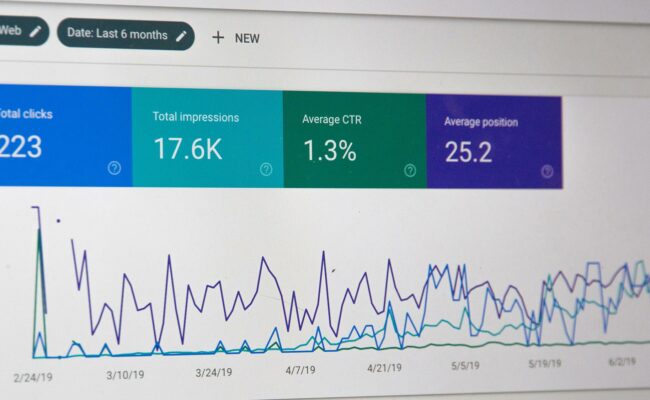Actionable Steps To Improving The Diversity Landscape At The Source
BY Sarah Stein // Content Marketing CopywriterIt’s no secret that the marketing and advertising world has struggled for decades to increase the variance in diversity in the workplace. While agencies are making great strides to improve awareness surrounding this issue, we still see stark racial inequities in employee ranks and leadership teams. New survey data found that Black and African American employees make up just 8% of the advertising, public relations, and related services industry. In comparison, 82.6% identify as white or Caucasian, 12.5% as Hispanic or Latinx, and 6.2% as Asian/Asian American. (source)
Many in the industry have raised their voices through formal pledges to spread awareness of the issue through verbal or written commitments to match their team’s diversity in their local community and the industry as a whole. Some groups have even outlined specific objectives for other agencies to follow, for example, reassessing their core values or revising their code of conduct. While these pledges act as an integral first step for agencies to look inward and reflect upon their diversity measures, this route alone may not be enough.
To make progressive and meaningful change, it becomes necessary to address the source and develop a deliberate action plan.
Answering the question “what is the source of our diversity problem” isn’t as simple as pointing to one specific cause. It seems logical, though, to begin by examining what agencies can do to help develop talent for recruitment specifically within diverse groups — starting with students who may be considering a career in the industry but have not seen themselves well represented in the field.
To gain a clearer perspective, I reached out to a local subject matter expert, Dr. Shawn Edwards, Chief Diversity Officer of The Citadel Military College of South Carolina. She agrees that the best way for agencies to take purposeful action begins with making deep connections with HBCU’s and PWI’s alike — as many BIPOC attend both types of schools. To go beyond “the superficial,” agencies should “…look at opportunities to provide special scholarships to 3rd or 4th-year students that come with an internship (built-in),” says Dr. Edwards. She also recommends creating partnerships with the faculty at these schools to build a bridge for future candidates while still attending college.
Here at Levelwing, our Diversity, Equity and Inclusion Committee is continuously formulating objectives and strategies to improve upon our own diversity and inclusion efforts. While we take our plans from development to execution, we understand the only way to achieve our goals for 2021 are with quantifiable action.
When agencies begin to take these significant steps and nurture their relationships with diverse communities, the pay-offs can be beneficial in more ways than one. We know highly diverse individuals can be a crucial differentiator in making significant gains in profitability. In fact, according to McKinsey, companies in the top-quartile for ethnic/cultural diversity on executive teams were 33% more likely to have industry-leading profitability. (source)
While making a profit is a top priority for businesses, so should be the importance of celebrating what diverse groups can bring to the table. Unique perspectives and experiences help provide more in-depth insights into our clients’ audiences, rather than just a small portion. Our differences are what makes our teams successful, making the work environment more creative, engaging, and culturally rich.
We can’t hide the fact that our journey to diversity, equity and inclusion has only just begun, but we can use our voices and measured steps to start down the path. Our work starts at the source, with an understanding that instead of a cursory movement, workplace diversity and equality must be a continuous goal backed by both words and actions.


